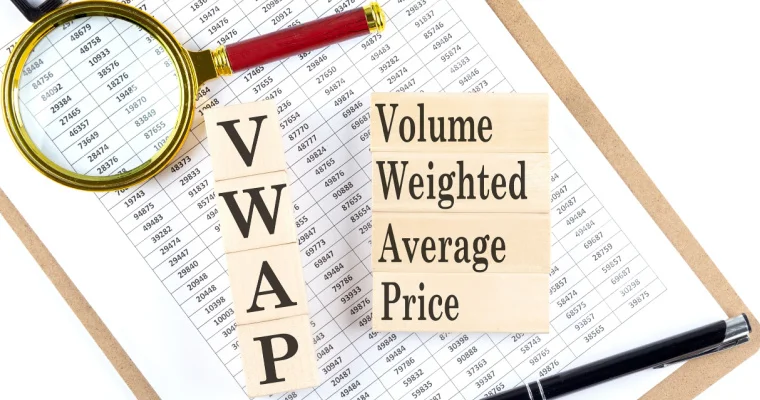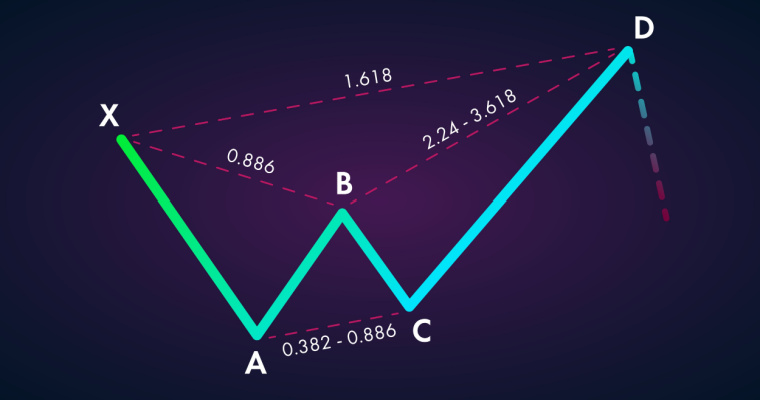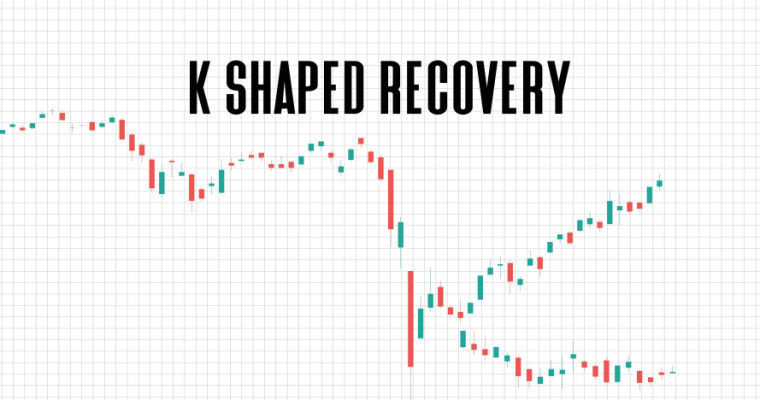What Are Small-Cap Stocks?

Small-cap stocks are the stocks of publicly-listed companies whose total market value or market capitalisation is less than Rs 5,000 crore. Small-cap stocks are generally marked by low valuations and exhibit a high potential for growth in the future. These stocks may be ideal for investors with a high-risk appetite and expecting high returns.As per market regulator SEBI, small cap companies are ranked 251st and below in terms of their market cap. Shares of these companies tend to be highly volatile and risky compared to that of large cap and mid cap companies.
What are the Features of Small-cap Stocks?
The features are as described below:
- Risk factor: Small-cap stocks are generally recommended for investors with a high-risk appetite. These stocks are highly prone to market risk and typically take longer to recover from recession-led shocks.
- Volatility: Small-cap stocks are highly volatile and sensitive to market movement. The prices of these stocks can nosedive in a bearish market, but they also have the potential to skyrocket in a bullish market.
- Returns: Small-cap stocks are considered the highest yielding stocks in the market. These stocks are potential multibaggers that can grow over 100% (over longer durations).
- Tenure of Investment: You can stay invested for short and long terms. However, to mitigate the risk that small-cap stocks carry, it is suggested that the investors hold them for a longer period.
- Tax Treatment: The short-term capital gains from selling stocks have a 15% tax rate. The returns earned from them are taxable under section 80C. On the other hand, the long-term capital gains are taxable at 10%.
- Low cost of investment: Small cap stocks tend to be underpriced due to their lack of recognition in the market. In due time, their price can grow considerably as retail and institutional investors are aware of them. You can choose high-quality small cap stocks and benefit from their price appreciation.
- Low liquidity: Small cap stocks are the least liquid among the different types of equity investment options. However, over the long term, they can become more liquid with broader stock ownership and better price discovery.
What are the Benefits of Investing in Small-cap Stocks?
Here are the most significant advantages of investing in Small Cap stocks:
- Usually, small-cap stocks are priced lower due to the smaller market size of the companies and lower visibility, thereby lowering the number of traders. This means one may be able to get more shares for the budget.
- Small-cap stocks can potentially grow exponentially. Some small-cap stocks have been multi-baggers and returned much higher than large-cap stocks for the same investment horizon.
- As the companies gain visibility and grow in size, they may even turn into large-cap companies with stable stocks.
Why Invest in Small-cap Stocks?
Small-cap, medium-cap, and large-cap stocks are the stock categories distinguished by the market capitalization of companies. Small-cap stocks have historically outperformed large-cap stocks in the long run but carry high risk. When the markets start exhibiting a bearish trend, small-cap stocks may be worth considering for investors with a long-term investment horizon.
In India, NSE and BSE have a benchmark small-cap index known as the Nifty Small Cap 100 and the BSE Smallcap index, respectively, that tracks the performance of small-cap stocks. In this article, we will explore the concept of small-cap stocks, their features, and the benefits of investing in small-cap stocks.
These are some of the reasons why investors are attracted to buying small-cap stocks:
- Market inefficiency results in lower prices of possibly quality stocks.
- The growth potential of small-cap companies is very high, and it benefits the investors.
- Large financial institutions cannot affect the fair prices at which the small-cap shares are available.
- Shares of small cap companies could offer multibagger returns (returns over 100%), unlike the large cap companies, which already have a significant market share.
- Small-cap stocks have the potential for significant upsides that large cap companies cannot offer.
Also Read: Mutual Funds Vs Stocks: 8 Key Differences Between Stocks Vs Mutual Funds
List of Best Small-cap Stocks to Invest in 2022
Below is the list of small-cap stocks:
| S No | Company | Industry |
| 1 | Thyrocare Technologies Ltd. | Healthcare |
| 2 | NESCO Ltd. | Services |
| 3 | Bajaj Consumer Care | FMCG |
| 4 | Delta Corp Ltd. | Services |
| 5 | VST Industries | Consumer Goods |
| 6 | Indian Energy Exchange | Power Generation |
| 7 | Sobha Ltd. | Construction |
| 8 | Heidelberg Cement | Cement |
| 9 | JK Paper Ltd. | Paper |
| 10 | Mishra Dhatu Nigam Ltd. | Paper |
Disclaimer: The above table is for educational purposes only. Navipedia is an educational platform that aims to discuss general and generic information related to stocks, investments and strategies. No content on the site constitutes – or should be understood as constituting – a recommendation to enter into any securities transactions or to engage in any of the investment strategies presented in our site content. Please consult a certified investment advisor before making any investment decisions.
What are Nifty Small Cap and Nifty Small Cap Index?
Nifty Small Cap
Nifty small-cap in India measures the performance of the small-cap stocks of markets. Nifty small-cap 50, Nifty small-cap 100, and Nifty small-cap 250 are part of it.
Nifty Small Cap Index
The Nifty small-cap 100 index is meant to show the behavior and performance of the market segment capitalized on a smaller level. The Nifty 100 Index consists of 100 exchange-listed companies whose stocks can be traded on markets.
What are the Drawbacks of Investing in Small Cap Stocks?
The major drawbacks of investing in small-cap stocks are:
- They are less liquid, making selling them at the desired price challenging.
- You need to research before determining small-cap stocks as your investment option. It might take more of your time.
- They are highly volatile and, therefore, highly risky investments.
- You must hold them for a long time to nullify the effects of market fluctuations.
Things You Need to Check While Picking Stocks in this Collection of Small-Cap Stocks
While investing in Small-cap stocks, take note of a few things.
- Company management: The history of the company’s management must be analyzed. Understand how the company operates, what is their business model, and how the top leadership regulates the company’s day-to-day activities. Also, lawsuits and regulatory violations put the company on a negative list.
- Financial stability: Small-cap companies are not built upon a larger capital base. If the book of accounts provides a good picture like a lower amount of debt, a good cash flow, etc., it can be considered financially viable.
- Past performance vis-a-vis future prospects: Study the company’s past performance, especially the past five years. Look at the CAGR, sales figures, and the profits earned by the company. You can also learn about the company’s sustainability by comparing it to its peers.
- Position of the company and its market size: Small-cap companies usually deal in a single product or service. Understand the market size of the company and where it stands in its market. Assess future scope.
Alternative Investment Options
The below-listed investment avenues that an investor might like to consider or prefer over the small-cap stocks.
- Government Securities: Government securities are preferred by risk-averse investors because they are debt instruments issued by the government that guarantee fixed and regular returns.
- Large-cap stocks: Large-cap stocks are the shares of the companies holding the top 100 positions. But they are highly volatile as they are linked to market fluctuations.
- Hybrid Funds: Also known as balanced funds, they consist of debt & equities and offer features of both. Investors can balance their risk and earn good returns through diversification.
Also Read: Stock Split: Why Companies Split Their Stocks?
Final Word
The investors are free to choose the investment products that suit their risk-return pattern. They can adjust them regularly if the portfolio fails to give expected returns. Small-cap companies (with a small capital base) have good growth potential; hence, with time, you can have good returns from the Small Cap stocks.
If you want to invest in other investment avenues like mutual funds, you could invest in Navi Mutual Fund. Navi is home to a host of low-cost index funds with low tracking error.
Disclaimer: Mutual Fund investments are subject to market risks. Read all scheme-related documents carefully before investing.
FAQs on Small-cap Stocks
Ans: Depending upon each investor’s preference, they can be included in the investment portfolio by assessing the factors such as risk tolerance, financial goals, time horizon, etc. As they have growth potential, the initial period might be full of risks but capable of yielding higher returns simultaneously.
Ans: When it’s the time of market correction, the investors should buy small-cap stocks. Because when the markets are performing well, the price of small-cap stocks goes high, and during recessionary periods, they fall quite rapidly.
Ans: They give higher returns in the long run, but they carry higher risk as compared to large-cap companies’ stocks. They are highly volatile and serve those who prefer higher risks.
Ans: The BSE and NSE index lists the small-cap stocks on the stock exchange market. You can also assess the high ROE, low PE ratio, and low debt to equity as good determinants of making choices.
Ans: Yes, they are. They are affected by the fluctuations that take place in the markets. They lack broad financial resources to digest the disruptions in prices and hence get more affected compared to large-cap stocks.
Ans: A high up-cycle during a financial bubble can lead to exceptional performance for a small cap stock. So, it is important to find the right market cycle for a particular company before investing in small cap shares.
Before you go…
Want to put your savings into action and kick-start your investment journey ? But don’t have time to do research. Invest now with Navi Nifty 50 Index Fund, sit back, and earn from the top 50 companies.
Disclaimer: Mutual Fund investments are subject to market risks, read all scheme-related documents carefully.
This article has been prepared on the basis of internal data, publicly available information and other sources believed to be reliable. The information contained in this article is for general purposes only and not a complete disclosure of every material fact. It should not be construed as investment advice to any party. The article does not warrant the completeness or accuracy of the information, and disclaims all liabilities, losses and damages arising out of the use of this information. Readers shall be fully liable/responsible for any decision taken on the basis of this article.

Customer’s Feedback
No comments found.Illiquid Stocks Guide: Definition, Examples, and its Working
Illiquid stocks are part of a long-term investment strategy that is appropriate for investors who a... Read More »What is Shooting Star Candlestick Pattern in Trading?
The shooting star candlestick pattern is considered to be a bearish reversal candlestick ... Read More »What is VWAP Indicator and How to Use it for Trading
The VWAP indicator shows the volume-weighted average market price of a particular stock. You can us... Read More »What is Price Action Trading: Its Strategy, Stop Loss and Profit Targets
Price action trading is a methodology in which the trader solely relies on analysing a security’s... Read More »What is Buy the Dip Strategy in Trading – Working and Example
‘Buy the dip’ is one of the most common phrases in the stock market. It is sort of a go-t... Read More »What is the Black Scholes Model – Formula, Calculation and Assumptions
Among the important concepts in modern financial theory, the Black Scholes model, developed in 1973... Read More »What is Iron Condor and What are its Strategies?
Iron Condor is an options trading strategy that involves four options with the same expiration date... Read More »What is Harmonic Pattern and How Does it Help in Trading?
Harmonic patterns are one of the most efficient and effective trading patterns. Although they are m... Read More »What is a Contract Note and Why is it Important?
Contract note is a legal document containing the details of every stockbroker's trade on a stock ex... Read More »What is K-shaped Recovery: Indication, Example and
Economies go through multiple phases in business cycles. One such phase is a recession which is mar... Read More »Guide to Book Building – Its Types, Benefits and Process
Initial public offerings (IPOs) are priced as specified by their underwriters. The process by which... Read More »Support and Resistance in Trading: Working, Strategies, Uses and Example
Support and resistance are two of the most significant and practical concepts in technical analysis... Read More »Top 10 Chit Fund Schemes in India in 2023
Chit funds are one of the most popular return-generating saving schemes in India. It is a financial... Read More »10 Best Gold ETFs in India to Invest in April 2023
Gold ETFs or Gold Exchange Traded Funds are passively managed funds that track the price of physica... Read More »10 Best Demat Accounts in India for Beginners in 2023
Creation of Demat accounts revolutionised the way trades were conducted at the stock exchanges. It... Read More »20 Best Index Funds to Invest in India in April 2023
What is an Index Fund? An index fund is a type of mutual fund or exchange-traded fund (ETF) that... Read More »Best Arbitrage Mutual Funds to Invest in India in April 2023
Arbitrage funds are hybrid mutual fund schemes that aim to make low-risk profits by buying and sell... Read More »10 Best SIP Plans in India to Invest in April 2023
What is SIP? SIP or Systematic Investment Plan is a method of investing a fixed amount in ... Read More »10 Best Corporate Bond Funds in India to Invest in April 2023
Corporate bond funds are debt funds that invest at least 80% of the investment corpus in companies ... Read More »10 Best Bank for Savings Account in India [Highest Interest Rate 2023]
Savings account is a type of financial instrument offered by several banks. It lets you safely depo... Read More »




















